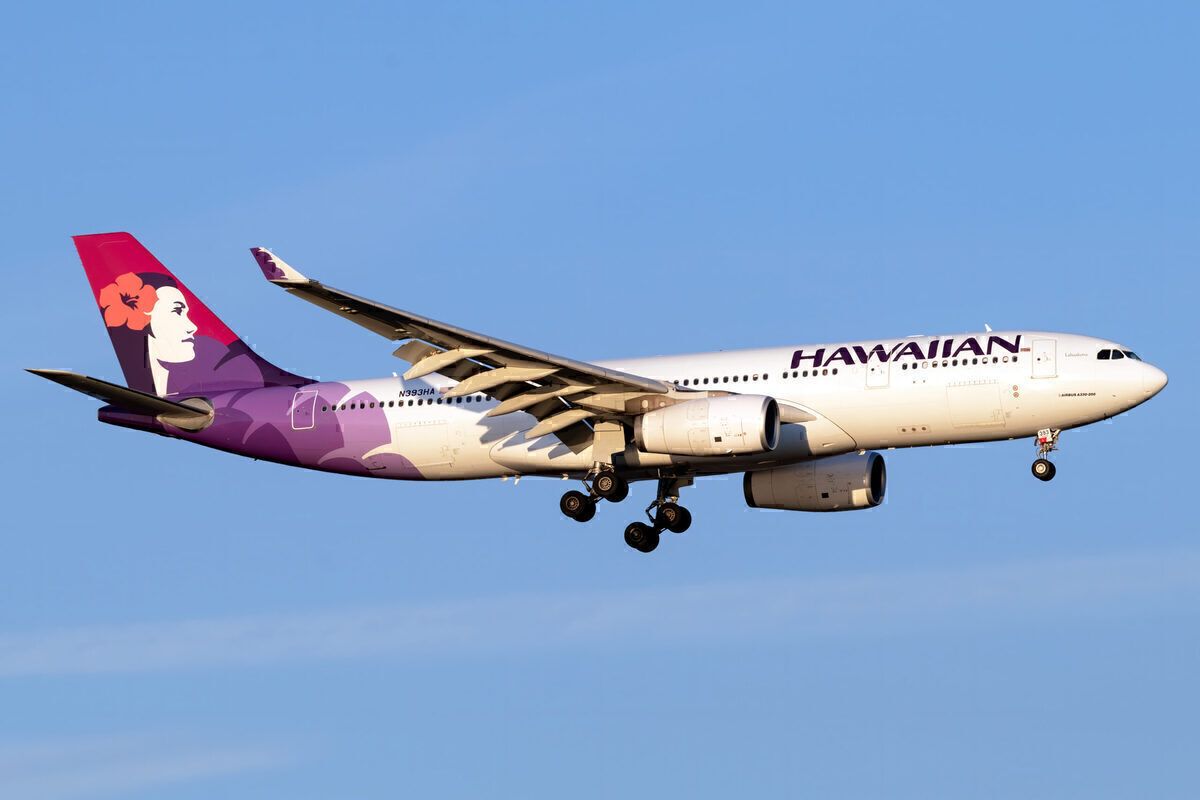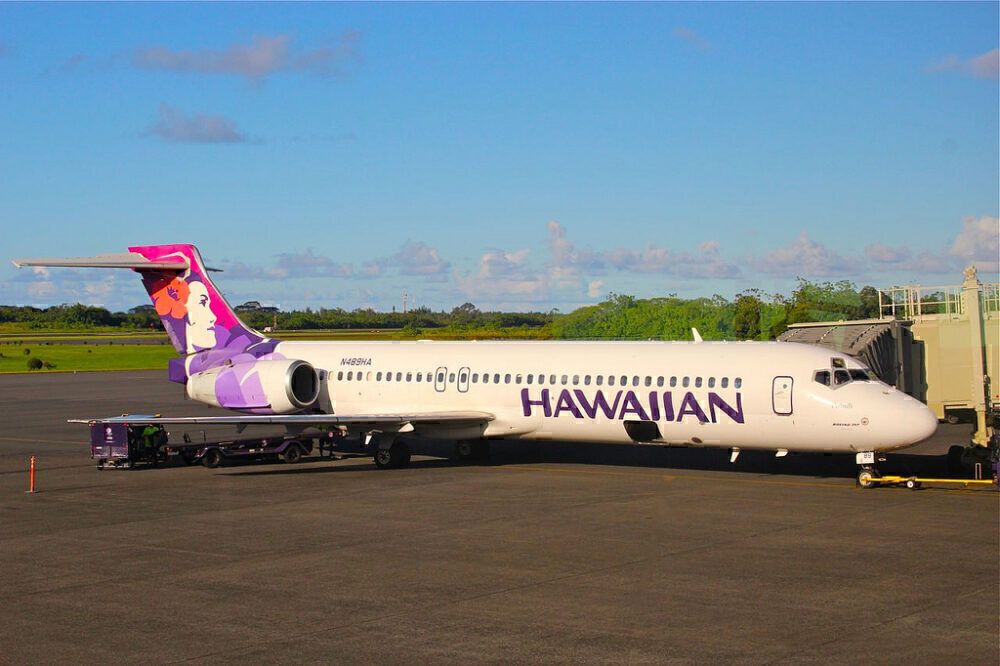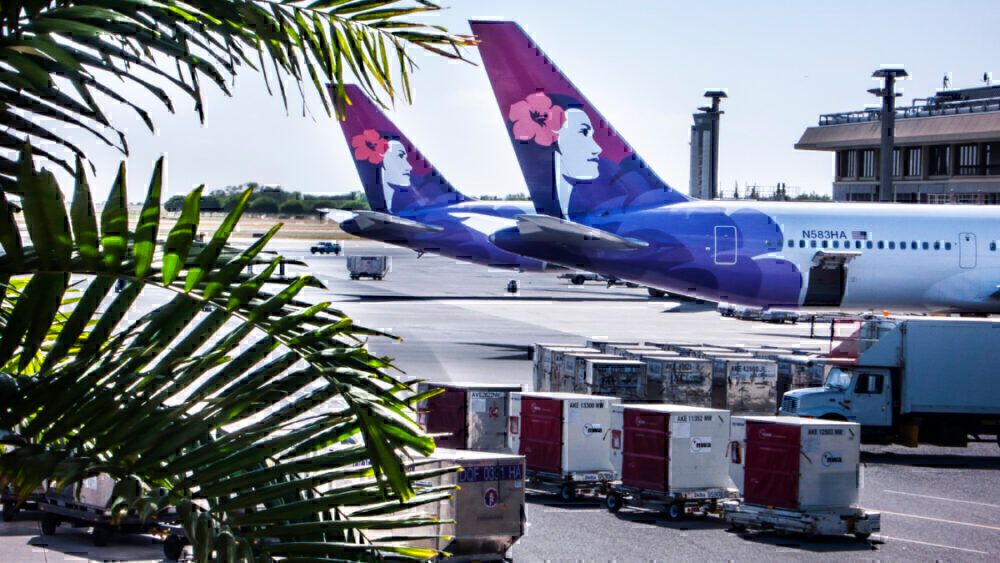Hawaiian Airlines is the tenth-largest US carrier in passenger numbers. A similar single-state airline, Alaska Airlines, has expanded to serve the entire continental US and grown into the sixth-largest North American carrier. It has even moved its main hub outside of its home state. So how come Hawaiian Airlines hasn't made the Pacific jump to set up a hub on the mainland?
First mainland service only in 1985
Of course, there is the obvious difference that Anchorage is a mere three hours from Alaska's hub in SeaTac, whereas to get from Honolulu to San Francisco, the closest destination on the US mainland, is closer to six. But perhaps that should instead make Hawaiian more inclined to offer domestic onwards routes as well?
However, a number of things such as fleet composition, other partnerships, and an already saturated market mean it is perhaps not in the airline's best interest to set up a hub stateside.
Hawaiian only began operating flights to the mainland US in early 1985 when it leased two Lockheed L-1011s. Daily scheduled services commenced between Honolulu and LAX, which put Hawaiian in competition with other major US carriers for the first time. This was during an era when there were more players in the US domestic market. However, it was also much more regionalized than it is today.
A matter of fleet
While other carriers moved to expand across the entire continent starting in the 2000s, Hawaiian's fleet was and continues to be, not particularly well-suited for mainland domestic operations.
From the early 2000s to the late 2010s, Hawaiian operated mostly widebody Boeing 767s along with the single-aisle Boeing 717s still in the airline's fleet. The 767 was well-suited for ferrying holiday-makers back and forth across the Pacific. The 717, in turn, was developed for the 100-seat market, which meant that it worked well for inter-island travel but would not work without a hub to feed into.
Today, beyond the 19 Boeing 717s still in service, Hawaiian operates a fleet of 18 Airbus A321neos, which it deploys on routes to most Californian destinations. Furthermore, it has 24 Airbus A330-200s, which it uses on services to larger mainland cities such as Los Angeles, New York, and the new routes to Austin and Orlando.
JetBlue partnership
While the A321s could themselves work well on a domestic mainland medium-haul market, demand would still need to be solid enough to fill seats, which would be a gamble under any circumstances.
Furthermore, Hawaiian has a codeshare agreement in place with JetBlue since 2012, which covers many of the potential A321 suited routes. It was further expanded in November 2018 to include Hawaiian's Boston Logan Airport to Honolulu flight, the longest domestic service in the US.
Adding competition to the mix
The competition on the US domestic market is already fierce, with customers having at least one more carrier other than the "big three" to choose from on most services. Given the fleet configuration, the JetBlue partnership, and an already saturated market, it is quite understandable Hawaiian would want neither the headache nor the financial risks it would entail to set up a hub stateside, even under "normal" circumstances.
What is your take on why Hawaiian never set up a hub on the mainland? Let us know your thoughts in the comment section.



